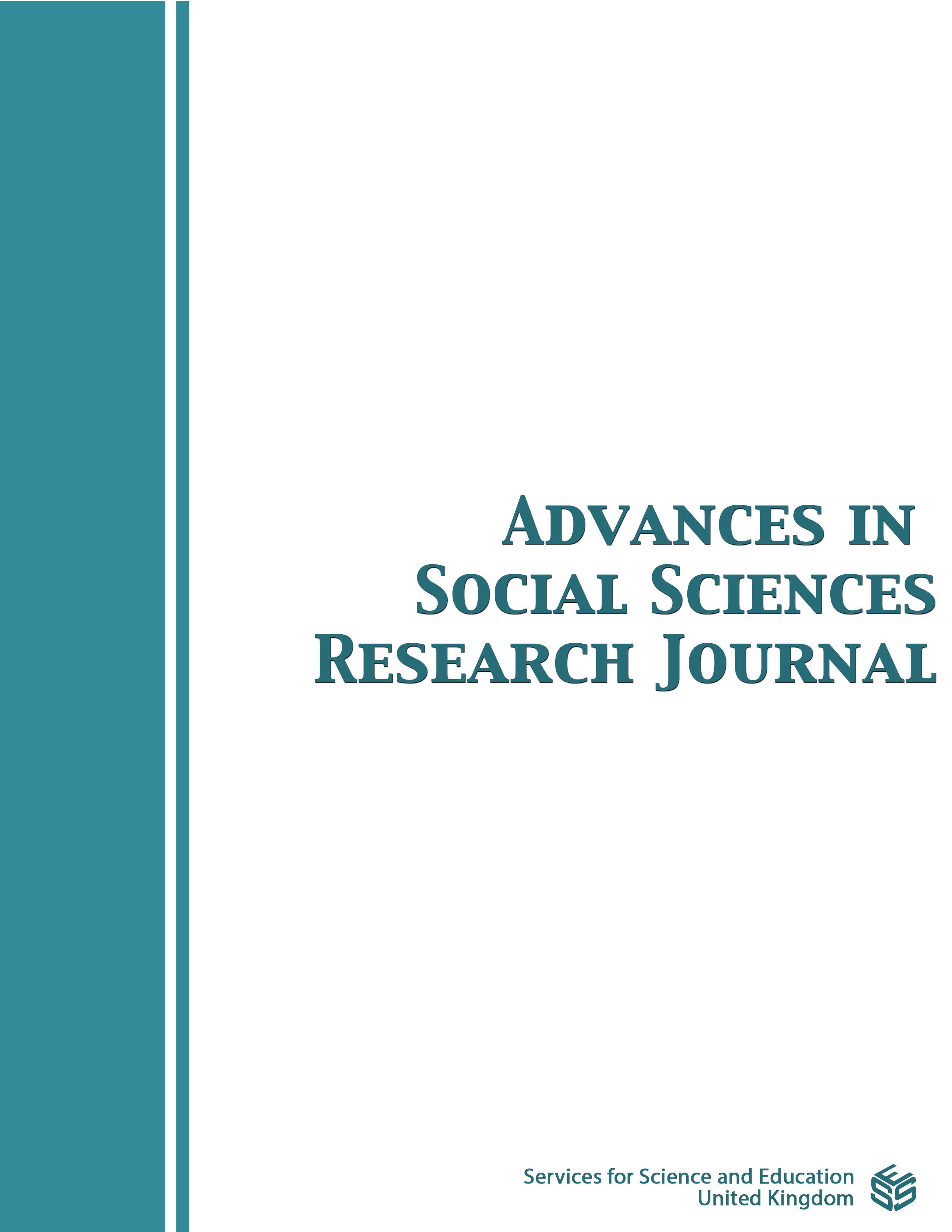The Use of Design Thinking in the Development of IoT Projects
DOI:
https://doi.org/10.14738/assrj.1110.17696Keywords:
Design thinking, IoT project, Empathize, Define, Ideate, Prototype, TestAbstract
One of the difficulties in the teaching and learning of the Internet of Things (IoT) is the lack of exposure to IoT concepts and inadequate teaching methods and tools. The use of Design Thinking (DT) when developing IoT projects can promote solution-based thinking and enhance creativity in problem-solving. The process of DT involves five phases: Empathize, Define, Ideate, Prototype, and Test. The objective of this study was to evaluate the DT tools and process for developing IoT projects. This study involved 22 Information Technology undergraduate students. The Define Problem Statement template, POV template, User Feedback, and Affinity Diagram were among the DT tools introduced to the students. Using a survey form, each student assessed the efficacy of the DT tool and process. Student feedback revealed that the DT process and tools significantly enhanced their understanding of IoT projects. An expert assessment using a DT rubric was also carried out by a lecturer having a master’s degree in information and technology to assess students’ performance using five criteria. Students need to do two rounds of Affinity Diagram activity. The DT rubric results show students’ average scores increased from 2.52 to 3.48, indicating an improvement in students’ IoT project development using DT.
Downloads
Published
How to Cite
Issue
Section
License
Copyright (c) 2024 Salbiah Zainal, Rasimah Che Mohd Yusoff, Hafiza Abas, Roslina Ibrahim, Nor Zairah Ab. Rahim

This work is licensed under a Creative Commons Attribution 4.0 International License.
Authors wishing to include figures, tables, or text passages that have already been published elsewhere are required to obtain permission from the copyright owner(s) for both the print and online format and to include evidence that such permission has been granted when submitting their papers. Any material received without such evidence will be assumed to originate from the authors.






